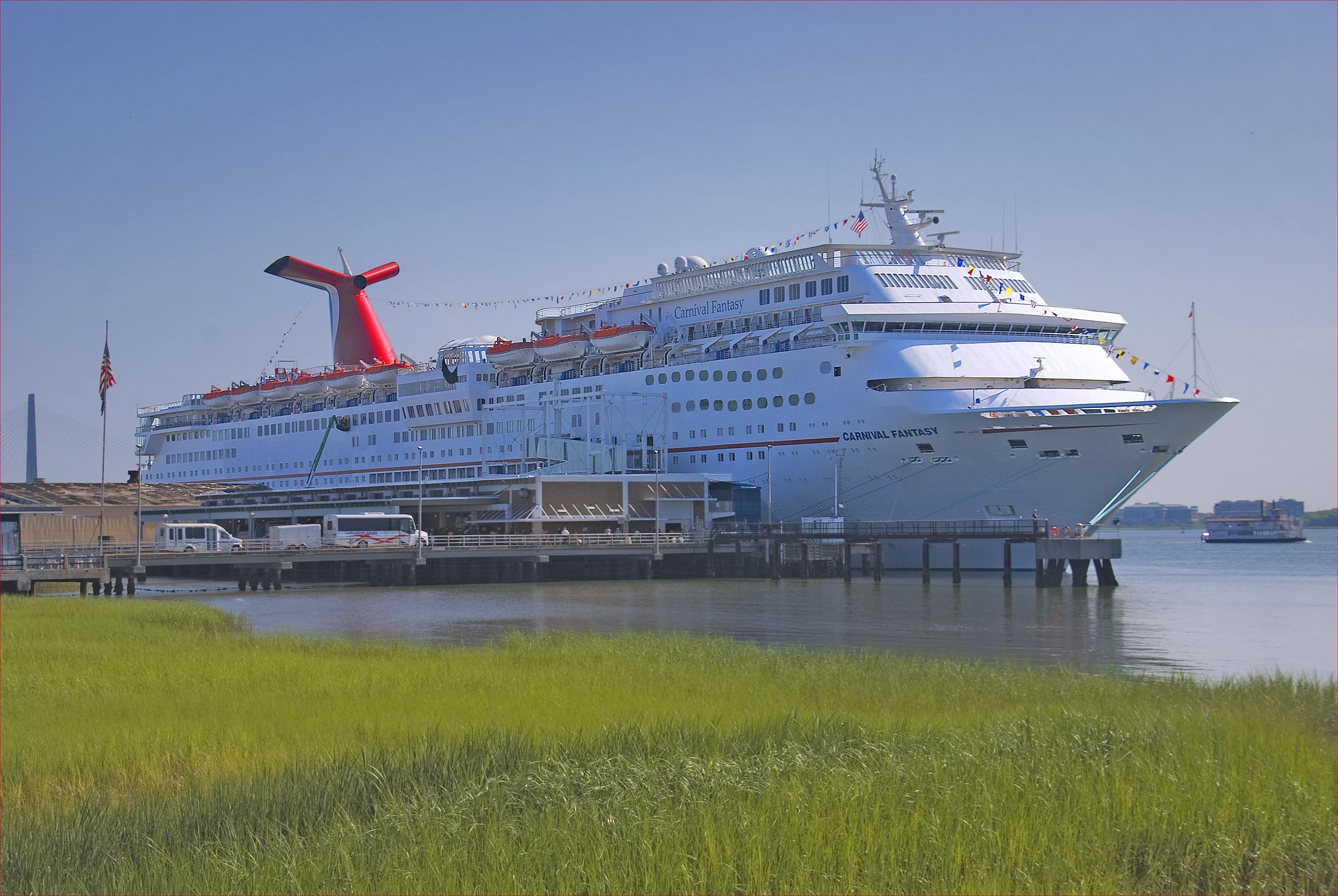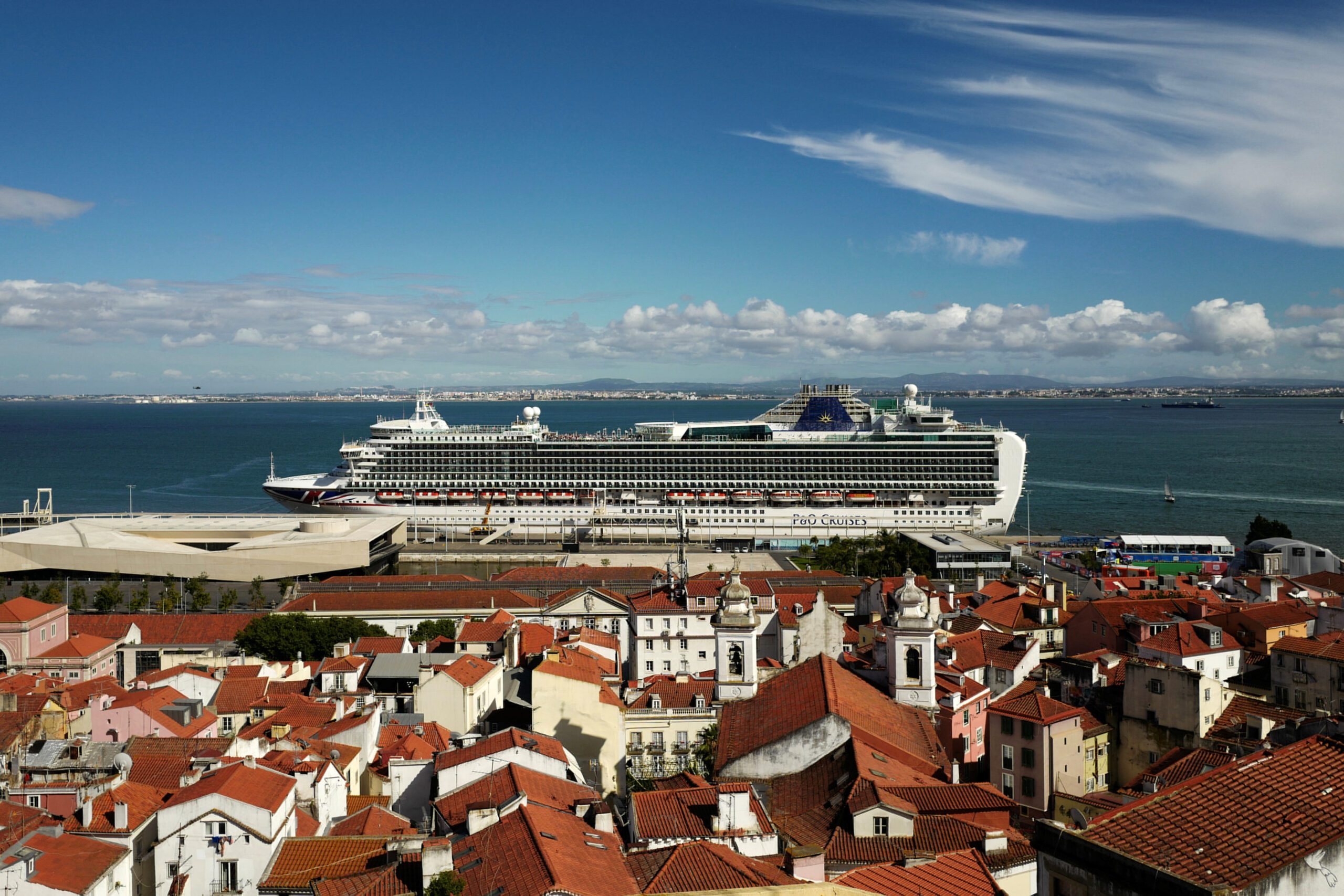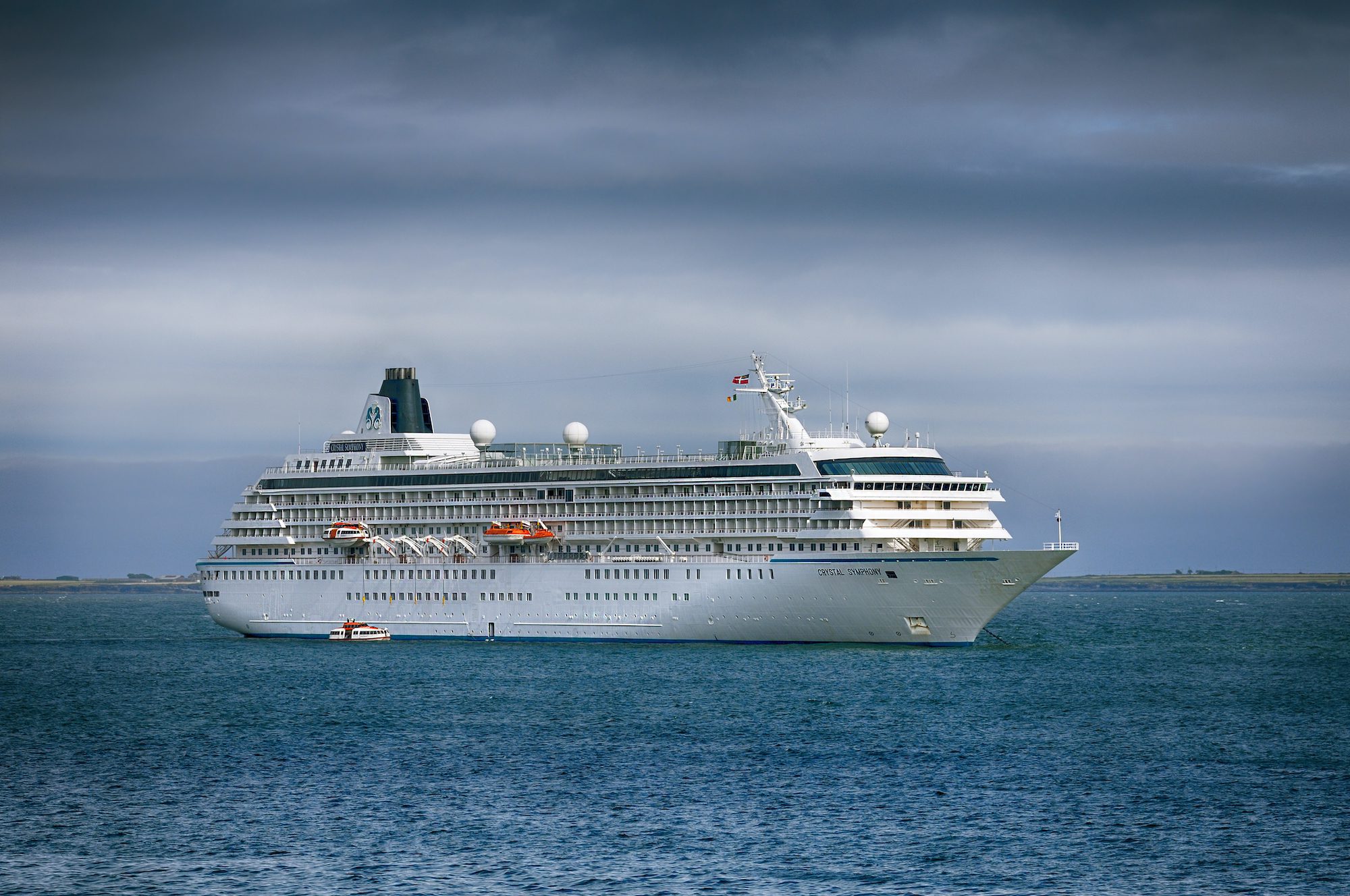Picture a cruise ship. Not just a ferryboat, but an enormous floating resort filled with roller coasters, fine dining, and Broadway-style shows. These massive vessels are built for entertainment, sailing from port to port so tourists can discover new places every day. Now imagine someone judging this cruise ship the same way they’d judge a cargo ship or a car carrier. Sounds a bit odd, right? That’s essentially the argument cruise lines are using to push back against the UN’s new emission regulations.
This is essentially what’s happening in the world of maritime regulations. Earlier this year, a new rule was introduced by the International Maritime Organization (IMO) – the United Nations’ governing body of the shipping world. This rule, known as the Carbon Intensity Indicator (CII), evaluates ships based on their carbon emissions compared to the amount of “transport work” they do.
The calculation of ‘transport work’ gets a bit complicated, but here’s a simplified version. For ships like cargo vessels or passenger ferries, it involves measuring the CO2 emissions against the total weight of the ship and the distance it travels.
Cruise ships, however, don’t travel far and spend lots of time dockside in port. CLIA (the Cruise Lines International Association) argues that the current metric fails to account for the unique nature of cruise ships. Unlike other ships, cruise vessels aren’t just a means of transportation – they’re floating vacation destinations. A big part of their power usage is allocated to hotel-like services, such as powering entertainment venues or cooking up gourmet meals.
Moreover, cruise ships often spend a substantial chunk of their time docked at ports, allowing tourists to explore the local area. Yet, the current CII rule penalizes this idle time because it doesn’t involve any travel distance. CLIA argues that while the ships are at the port, their carbon emissions are lower than when they’re sailing.
What does all this boil down to? CLIA believes the existing rule creates an unfair incentive for ships to reduce their port time and travel longer distances just to score better on the CII, even if it results in higher total emissions.
Here’s a practical example. Imagine the fastest and most efficient cruise ship in the fleet. But it’s operating on a route with short distances between port calls and spends a lot of time docked. As per the current CII equation, this ship would score poorly, even if the cruise lines installed the most carbon-efficient systems available. Carnival Corp (the world’s largest owner and operator of cruise ships), has suggested a different approach. Rather than judging individual ships, they want the IMO to evaluate the carbon intensity of entire fleets.
In addition to this, CLIA claims that an onshore power supply (OPS) or ‘shore power’ connected to renewable energy sources like offshore wind could significantly lower the carbon footprint of cruise ships that spend a lot of time docked. With this, the ship would use local electricity grids to power its operations while at port, significantly reducing emissions.
Yet, this matter is intricate, with numerous hurdles to clear before this solution can be fully realized. For starters, environmental groups may argue that these proposed modifications are simply creating more loopholes in an already lenient regulatory system. Other obstacles include securing the necessary funding for fully renewable shore power, overcoming regulatory constraints, and addressing the challenge of standardizing a solution for a wide variety of ship types.
Unlock Exclusive Insights Today!
Join the gCaptain Club for curated content, insider opinions, and vibrant community discussions.

 Join The Club
Join The Club













